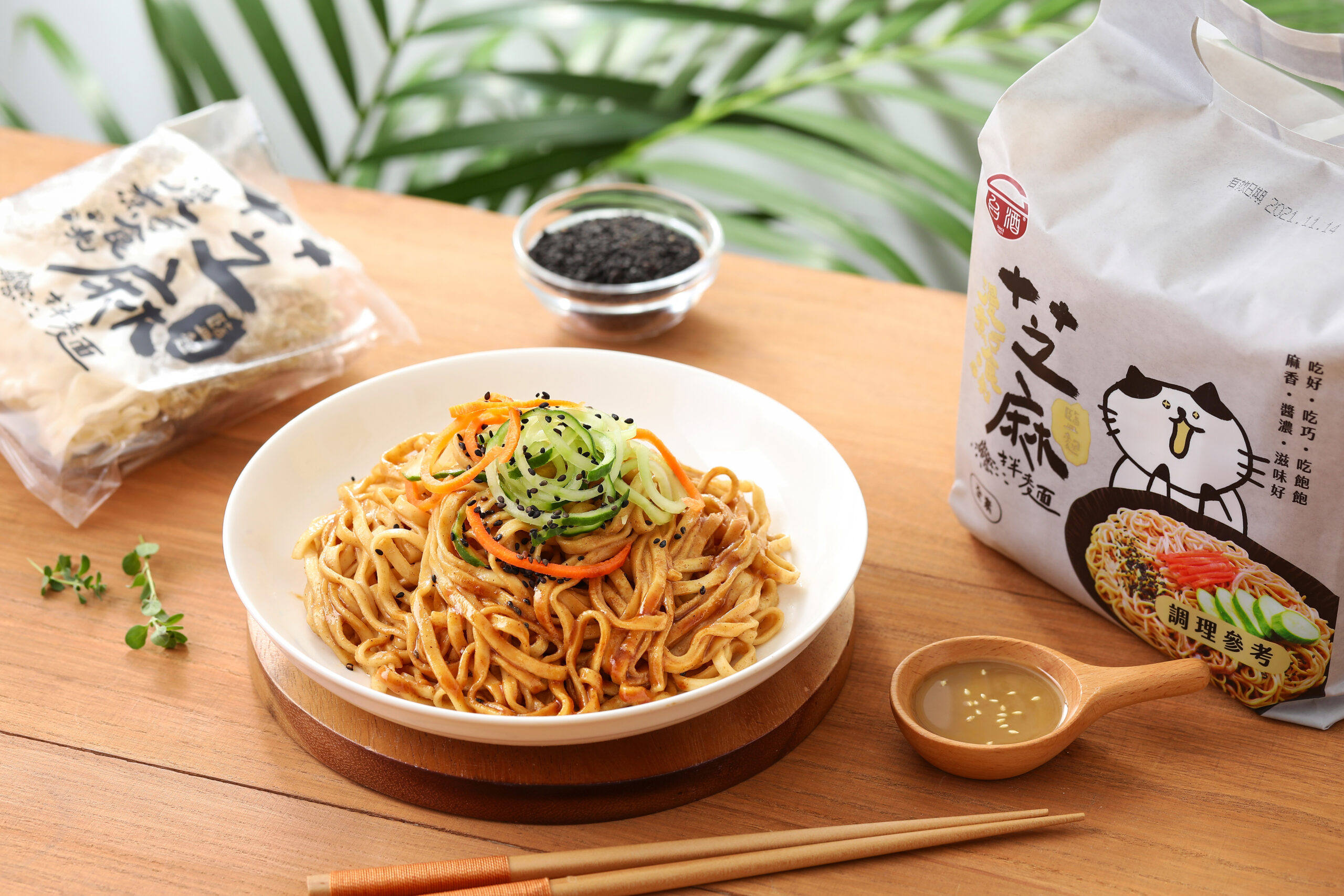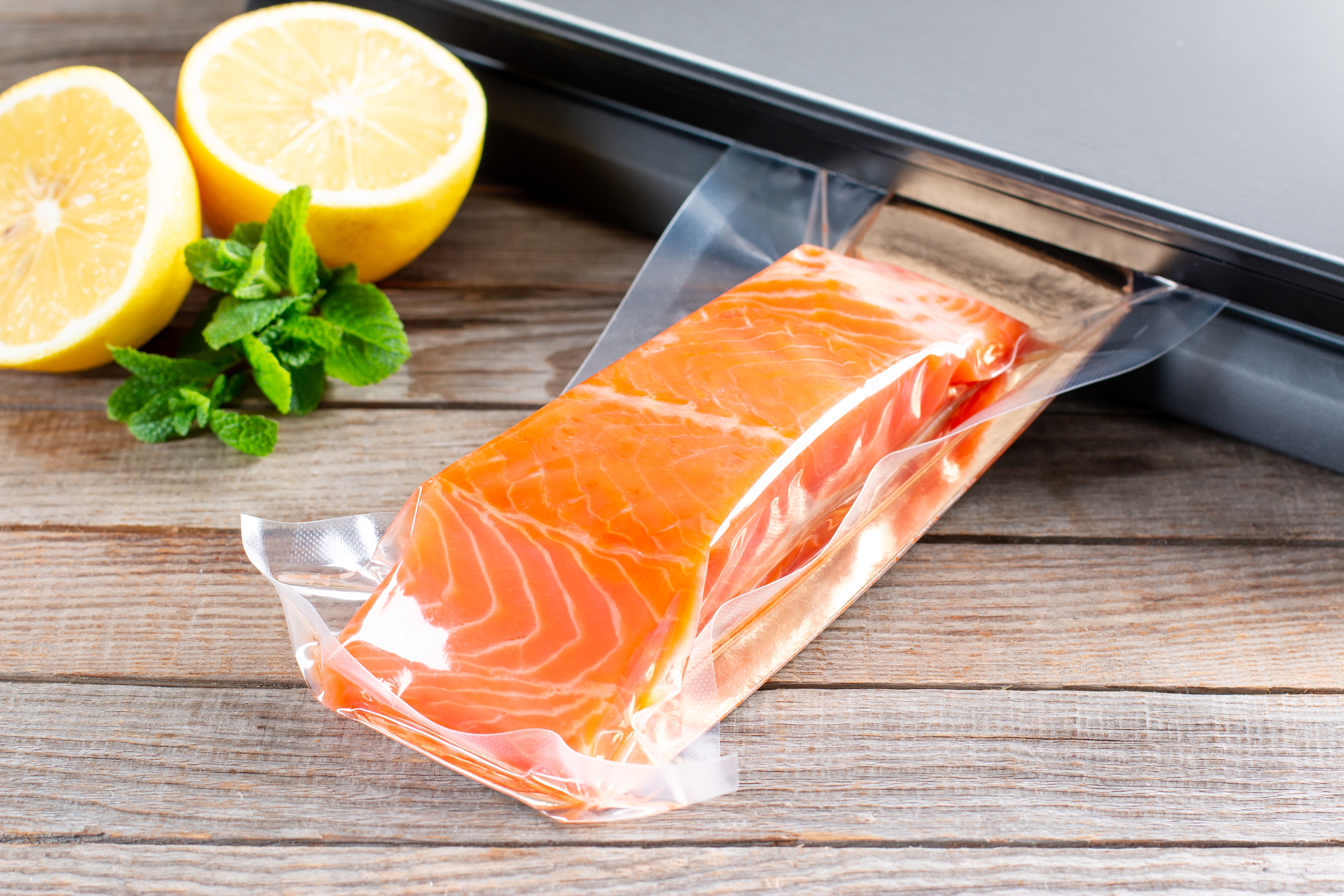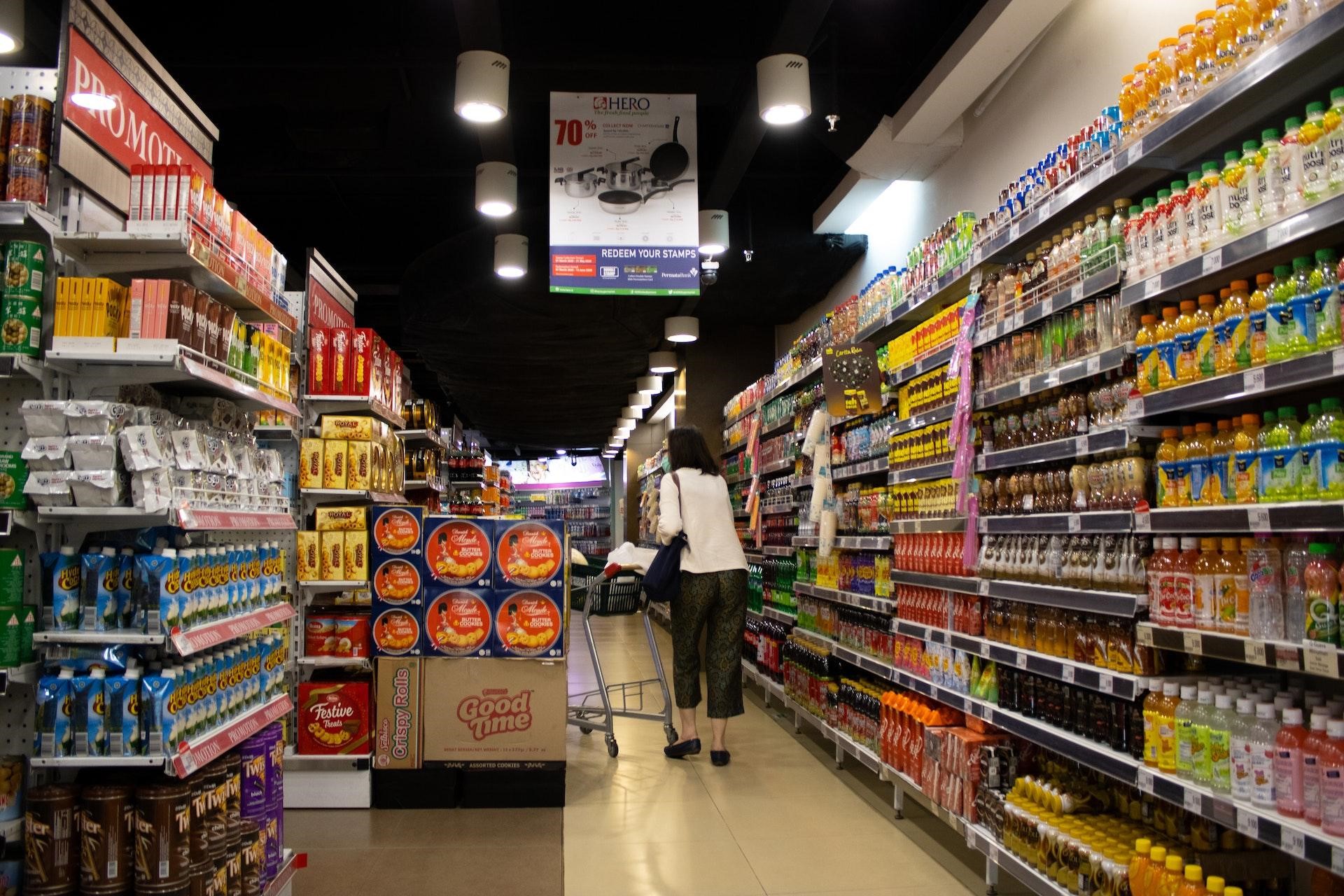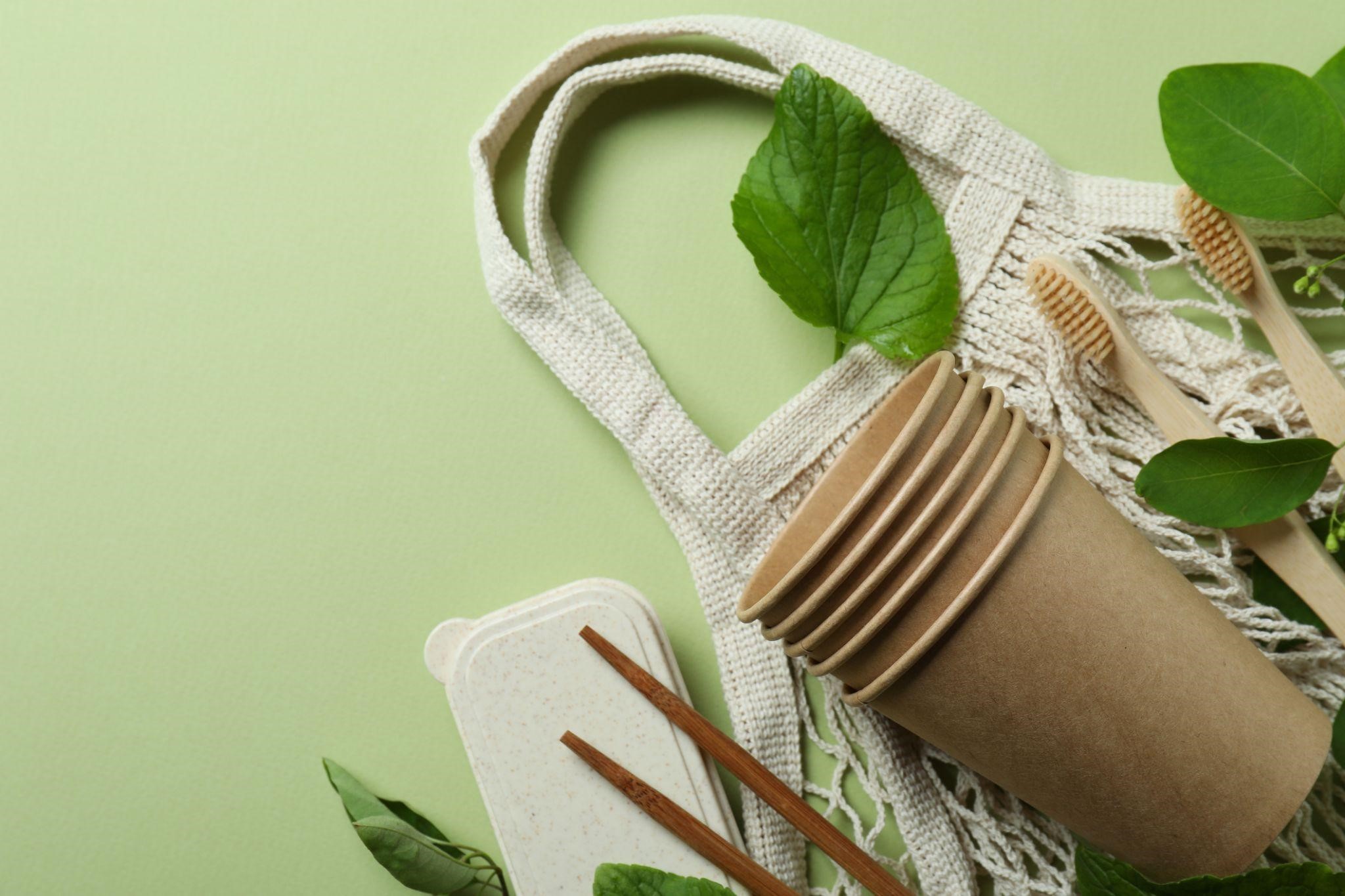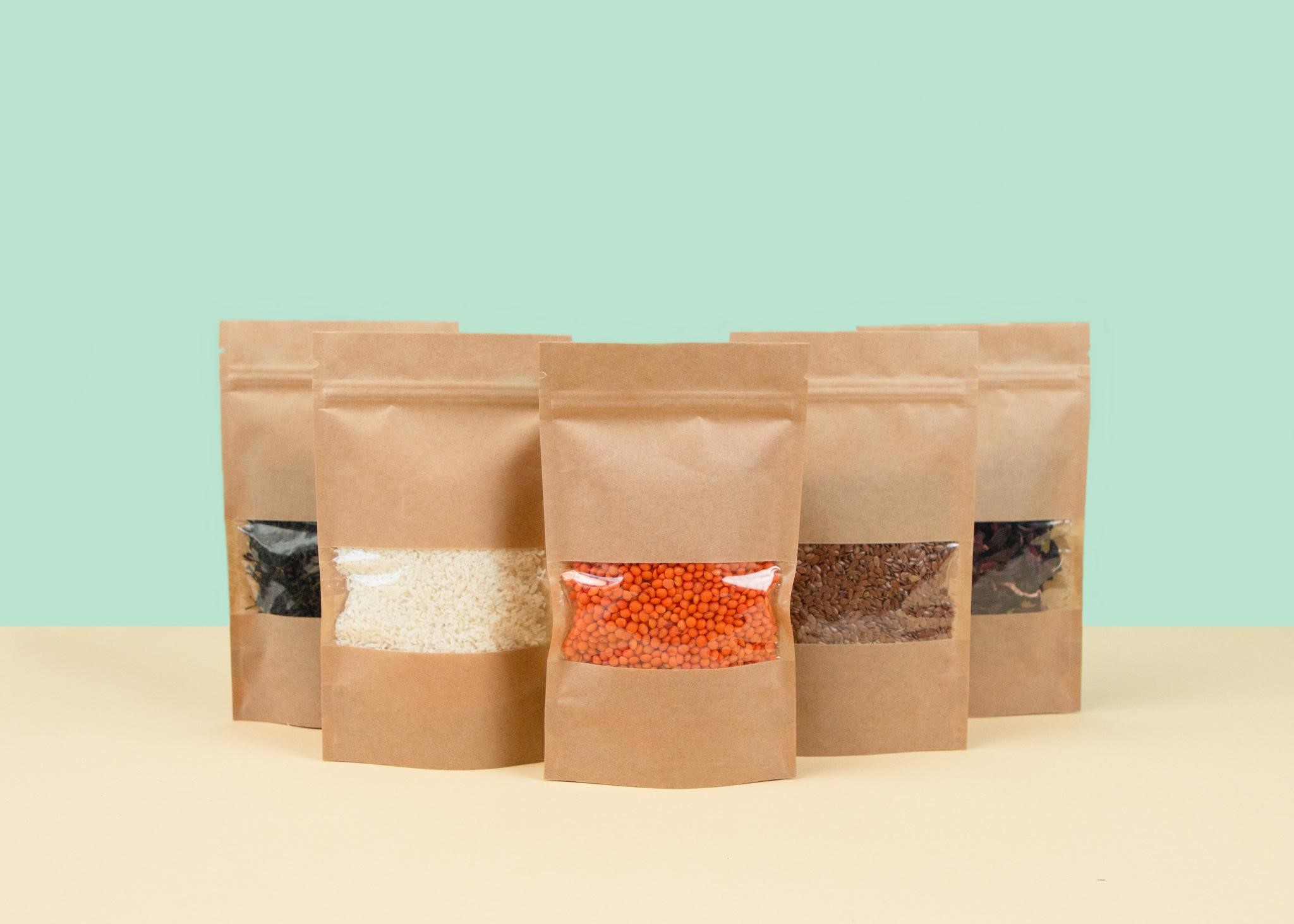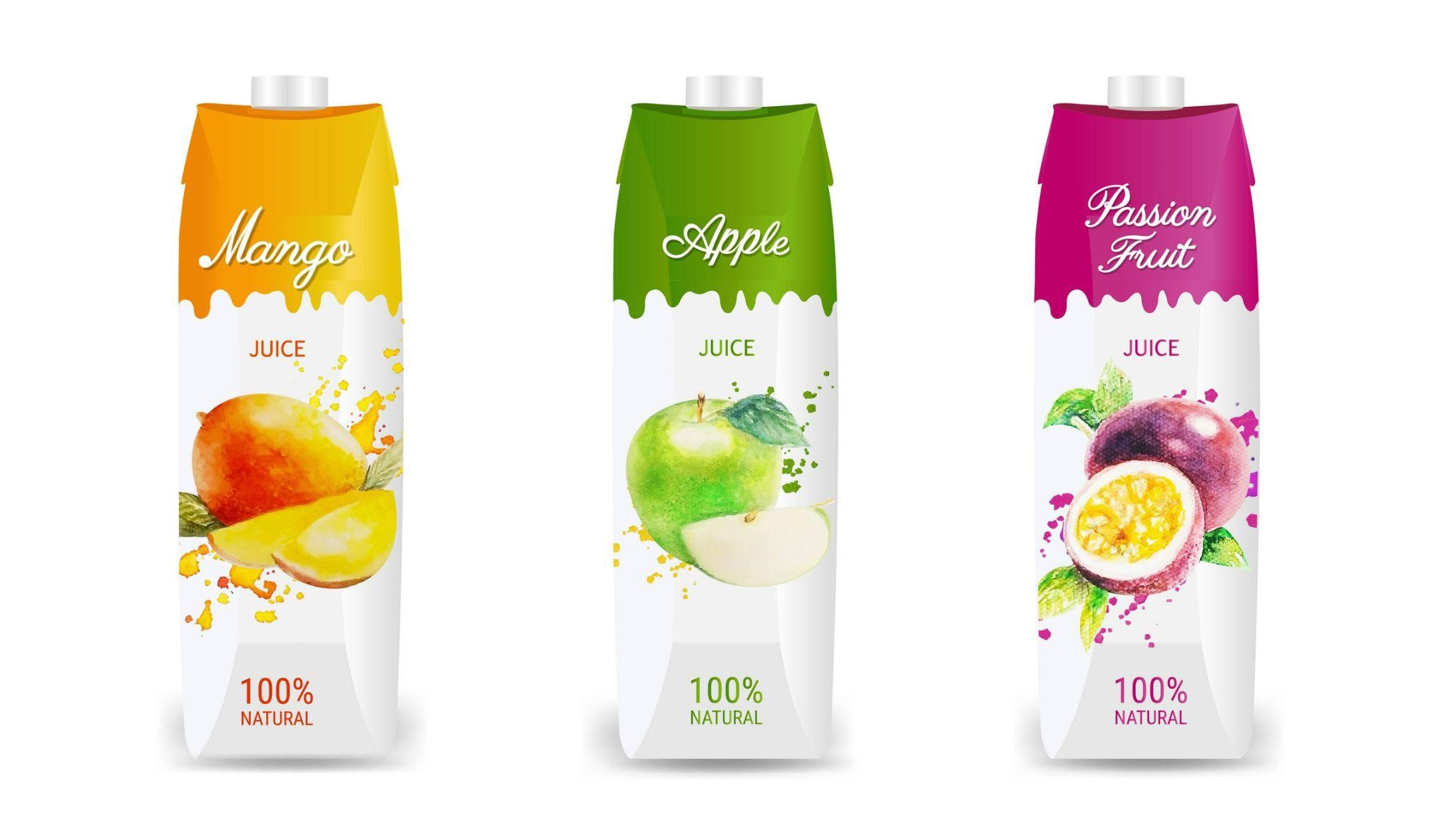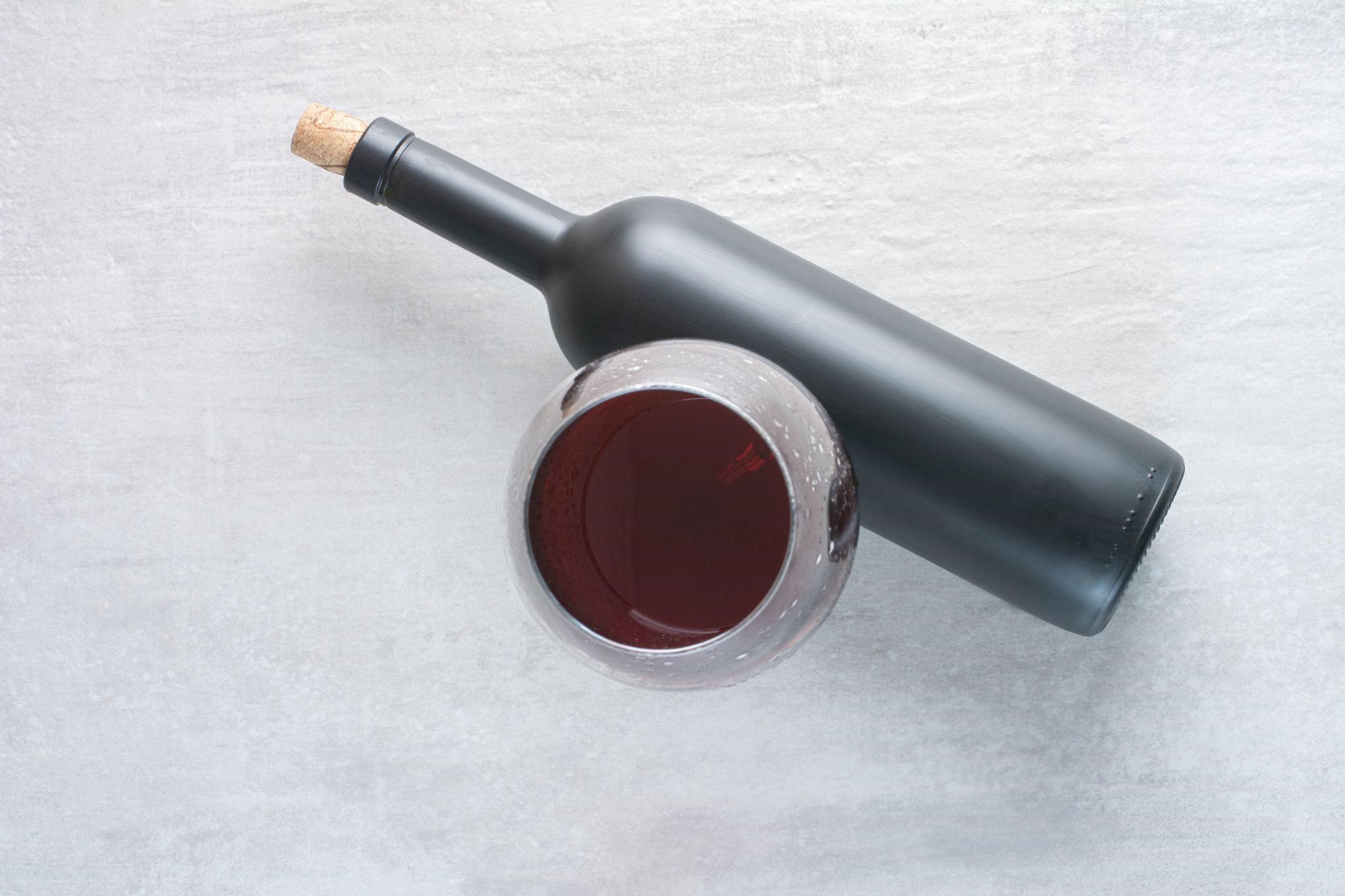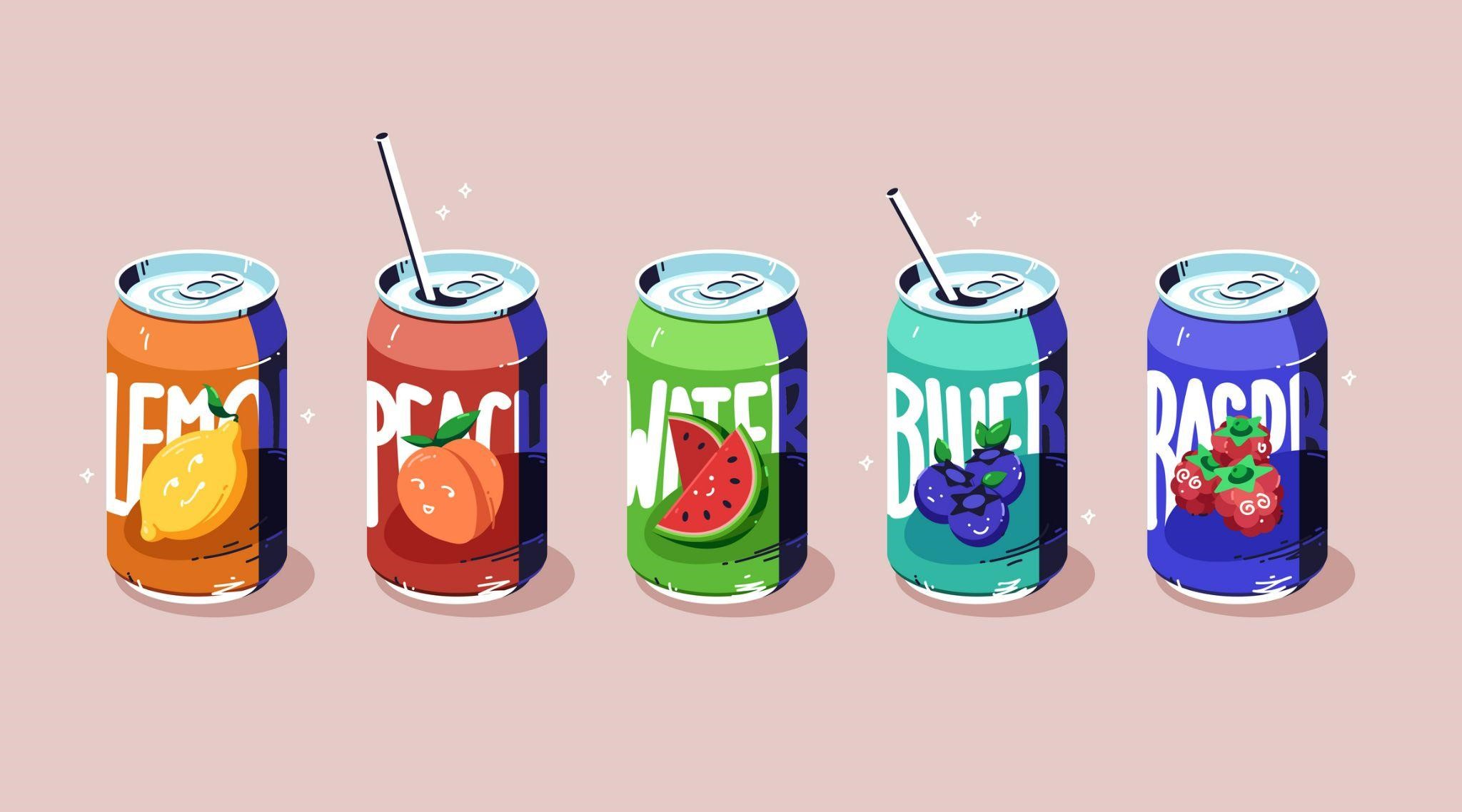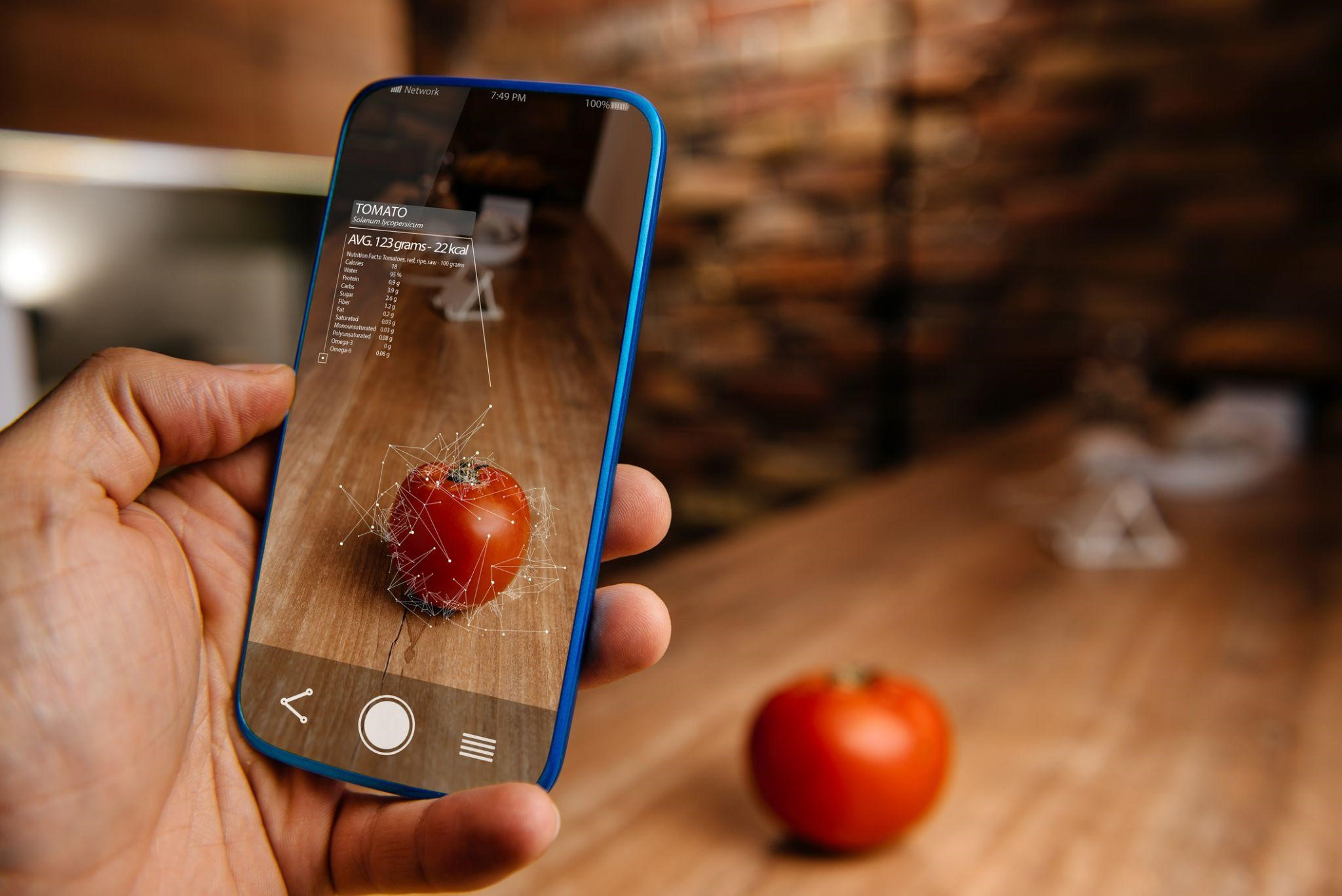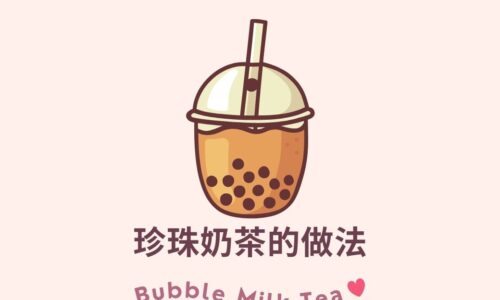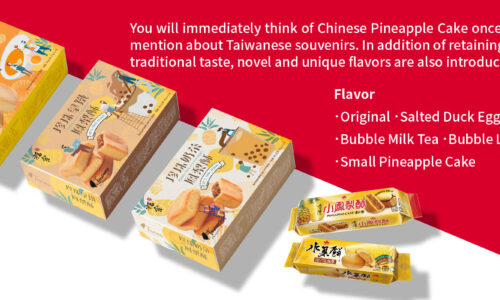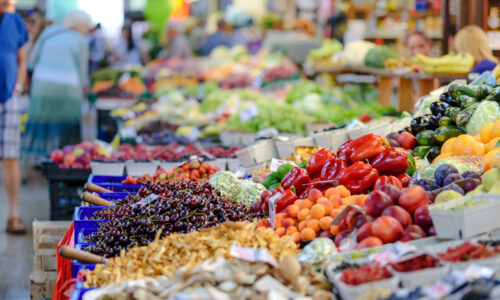With the development of technology, the trend of food packaging is constantly changing, and the needs of customers are also developing at the same time. Through effective marketing and branding to establish a relationship with a specific brand, evolve different packaging aesthetics and styles, and connect and interact with customers in different ways. Packaging is the most attractive to consumers, what kind of packaging can stand out from many brands? Take you to understand the food packaging trend in 2023!
1、Fresh packaging
Food often needs to be transported long distances from the place of origin to the supermarket shelves, and the process will take a long time. Therefore, ensuring the freshness and hygiene of food is the most basic requirement for packaging safety. With the deepening of packaging industrialization, the combination of composite materials with different characteristics can provide more ideal packaging options for food.

2、Smart packaging
According to the WHO, about 600 million people suffer from food poisoning every year, and 420,000 of them die. A large amount of clean food is discarded and wasted due to suspected contamination. It can be seen that tracking and determining the source and safety of food is a time-consuming and labor-intensive task. Food poisoning and food waste are being alleviated as new technologies enter the food packaging industry. The innovative application of blockchain technology can effectively solve the traceability problem. Some companies have launched traceable packaging to attract consumers to buy products. The packaging is accompanied by a two-dimensional barcode to help consumers track the origin of each product on their websites.
3. Edible packaging
Edible coatings, one of the most promising packaging alternatives, are an emerging environmentally friendly technology that is often used to regulate gas exchange, moisture transfer, and oxidation processes in various products. One of the most significant advantages of using edible films and coatings is that various active chemicals can be contained in polymer matrices and administered with food, thereby improving food safety as well as nutritional and sensory properties.
4. Plantable packaging
A type of sustainable packaging, plantable packaging is made by embedding seeds in a degradable material that can be buried in the soil after use. The seeds in the packaging will eventually grow into plants, and potential waste can also become valuable. Packaging made from biodegradable or compostable materials can reduce energy use and harm to the environment, and may even bring new life.
5. flexible packing
Flexible packaging, the way products are packaged by using non-rigid materials, is a relatively new approach in the packaging market and is gaining popularity due to its high efficiency and cost-effective nature. Including foil, plastic, and paper to make product containers such as bags, especially for the food industry where multifunctional packaging is required. Using less water and energy to produce flexible packaging also offers companies the freedom to customize and use flexible packaging regardless of the size of the product. Flexible packaging is also reusable, as it usually has a zip lock and seal, and instead of discarding the packaging after using the product inside, consumers can reuse it for storing dry goods at home.
6. color charm
The visual effects in the trend tend to be cartoonish and youthful, so as to evoke consumers’ childhood memories and give products healthy energy. Illustration elements often rely on fresh, juicy pops of color and less refined art styles such as doodles to make the product on the packaging more attractive and fun. This bold, colorful trend not only helps brands stand out from competitors but also helps products make a great first impression.
7. Material texture
The senses triggered by packaging are not limited to the visual aspect, the advantage of tactile texture makes the packaging stand out from many products. Technologie to add texture to packaging are emerging, such as embossing and debossing (raising or indenting the package), die-cutting (creating artistic holes in the package), and foil printing (using reflective metal on the package). Labels and packaging using these printing technologies can often enhance the perceived value of a product.
8. Style reincarnation
Fashion is reincarnated and 70s retro style will never be completely out of style. Aesthetically, the 70s retro style draws on earthy color schemes that reflect the human desire for calm, cool colors and good times, especially browns and oranges Bright hues, lively serif fonts, and heavy squiggly patterns. This design trend is easy to evoke people’s sense of familiarity as if telling consumers “it’s time to relax”.
9. AR Technology
With the popularity of smartphones, the food industry uses modern technology to connect customer groups with packaging and create special experiences for consumers through AR packaging. Through AR packaging, consumers can use their mobile phones to connect to games, images, videos, and websites. Consumers today prefer packaging solutions that are smart, proactive, interactive, connected, user-friendly, and environmentally friendly. AR labels help consumers browse the information provided by brands by scanning the images/labels provided on product packaging. Some food brands use AR tags to create personalized IP and games for consumers and interact with consumers.
Conclusion
The above is the development trend of the global food and beverage packaging market in 2023. Packaging is the easiest way to attract consumers’ attention. Mastering the latest market trends can be closer to consumers’ desires and needs! If you want to know more, please contact Ying Xuan Zhuang. We are committed to promoting all kinds of Taiwanese delicacies throughout Taiwan and selling them all over the world. With complete and high-quality supplier resources and partners, we can provide up to 500 kinds of products to meet the different needs of customers. A professional team, actively expanding overseas bases, is committed to entering independent foreign supermarkets, foreign food wholesalers, foreign chain stores, etc.
